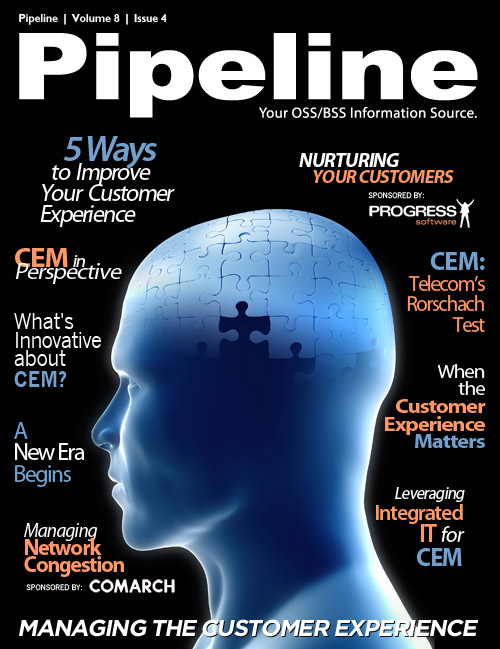By: Sanjay Kumar

The Intimate Customer-Provider Relationship
Today’s service model has shifted. It has shifted from an infrastructure or network-based service model
to a personalized and customer-centric service experience that incorporates a combination of services,
devices, and applications. As a result, customers’ expectations now incorporate much more than the
connectivity itself. Customers expect a positive experience, consistent quality of service, and a similar
service experience across mixed network, to multiple devices, for a multitude of service and application
combinations.
Today’s customers are also depending on their services for work, education, financial, entertainment,
family, and social endeavors. Customers are now, more than ever, counting on their service providers to
deliver services accurately and consistently and, there is a growing expectation that service providers
are responsible for removing the technical obstacles and procedural annoyances that can tarnish the
customer experience.
This evolution of services has led to a transformation in the traditional customer relationship. The
operator is no longer a utility, but a literal provider of services, devices, and applications. In many cases,
a single service provider can provide all the entertainment, communications, and mobile services for
a single individual, family, or business. This unique customer-provider relationship puts the service
provider in a remarkable and very unique position; a position that may significantly distinguish them
from their competition.

Service providers are in the unique position to understand and know their customer on a level more
intimate than even some of the customer’s closest friends and family. At any given time, service
providers have access to an incredible amount of customer information such as the customer’s
entertainment choices, service preferences, location, downloads, interests, lifestyle choices, customer
profile, and billing information. This close, customer-provider relationship can give the service provider
unique visibility into their customers which they can use to customize their services and proactively
manage potentially negative issues that may impact customers’ service experience. What service
providers do, or don’t do, with this information and can make or break their relationship with the
customer, distinguish them from over-the-top (OTT) providers, and even go so far as to perpetuate
a positive (or negative) brand perception if ignored altogether. However, if this information and
perspective are properly and proactively managed, it can create a very positive customer experience
and form a special bond between provider and customer.
Improving the Customer Experience
All relationships tend to flourish when properly nourished and disintegrate if neglected. The customer-provider relationship is no different. The ability to efficiently manage the wealth of customer
information to create and automate positive customer touch-points may make all the difference in the
world. If nothing else, simply avoiding the pitfalls that lead to customer churn can be easily attained by
a proactive customer experience strategy.











